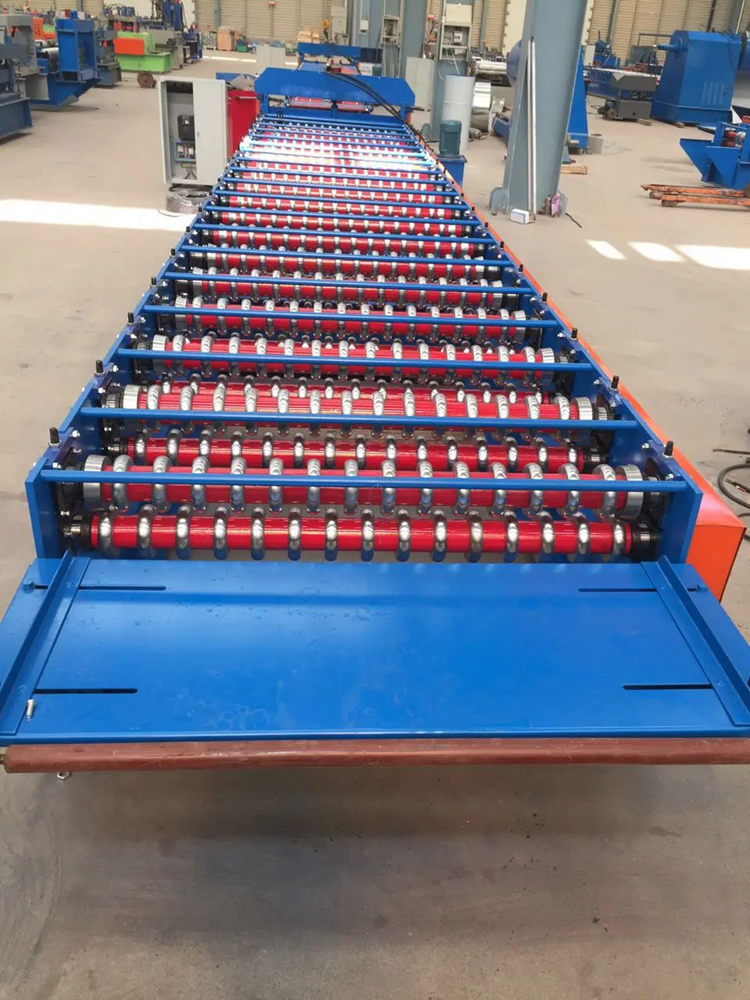
Understanding the Rolling Machine A Key Component in Manufacturing Processes
In the manufacturing sector, the rolling machine plays a critical role in shaping and processing various materials, primarily metals. This sophisticated equipment operates through a process known as rolling, where metal stock is passed through one or more pairs of rolls to reduce thickness, improve mechanical properties, and enhance surface finish. Rolling machines are instrumental in several industries, including automotive, aerospace, construction, and more, making them essential for efficient production.
The rolling process can be categorized into two primary types hot rolling and cold rolling. Hot rolling involves deforming the metal at elevated temperatures, typically above the metal’s recrystallization temperature. This method is advantageous because it requires less force and can produce materials with excellent ductility and reduced hardness. Common applications of hot rolling include manufacturing steel sheets, plates, and structural shapes.
Conversely, cold rolling is performed at or near room temperature. This process increases the strength and hardness of the material due to strain hardening, resulting in tighter tolerances and improved surface quality. Cold-rolled products are widely used in applications where precision is crucial, such as in the production of automotive components, appliances, and various consumer goods.
Rolling machines are constructed in various configurations to meet the specific needs of different manufacturing processes. The most common types include two-high, three-high, four-high, and cluster mills. Two-high mills consist of two rolls mounted horizontally, which are common in hot rolling applications. On the other hand, three-high mills have three rolls, allowing for material to pass through in both directions, which is particularly useful for reworking.

Four-high and cluster mills are employed for cold rolling processes where a greater reduction ratio is necessary. These machines utilize four rolls, with two smaller rolls (the work rolls) positioned between two larger rolls (the backup rolls). This design enhances precision and reduces the possibility of deflection in the rolls, facilitating a more uniform thickness across the produced sheet.
One of the significant advancements in rolling machine technology is the introduction of computer numerical control (CNC) systems
. CNC rolling machines provide increased precision and speed in the manufacturing process. Operators can input specific parameters and receive real-time feedback, ensuring that the rolled products meet the stringent quality standards of modern industries. This technological integration has led to increased automation in manufacturing processes, reducing labor costs and minimizing human error.In addition to standard rolling machines, innovations such as tandem mills and specialized roll forming machines have emerged to address the evolving demands of the market. Tandem mills consist of multiple rolling stands arranged sequentially, allowing for continuous processing of materials. This setup significantly increases productivity and efficiency, particularly in the production of long products like strips and sheets.
As the manufacturing landscape continues to evolve, rolling machines remain integral to producing high-quality metal products. Their ability to shape materials with precision and efficiency supports various industries, driving advancements in technology and innovation. With ongoing research and development, the future of rolling machines looks promising, promising further improvements in speed, efficiency, and sustainability—a crucial factor in today’s environmentally conscious market.
In conclusion, rolling machines are vital equipment that enhances the manufacturing process by improving product quality and operational efficiency. As industries continue to demand precision and sustainability, the rolling machine will undoubtedly adapt and evolve, remaining a cornerstone of modern manufacturing.